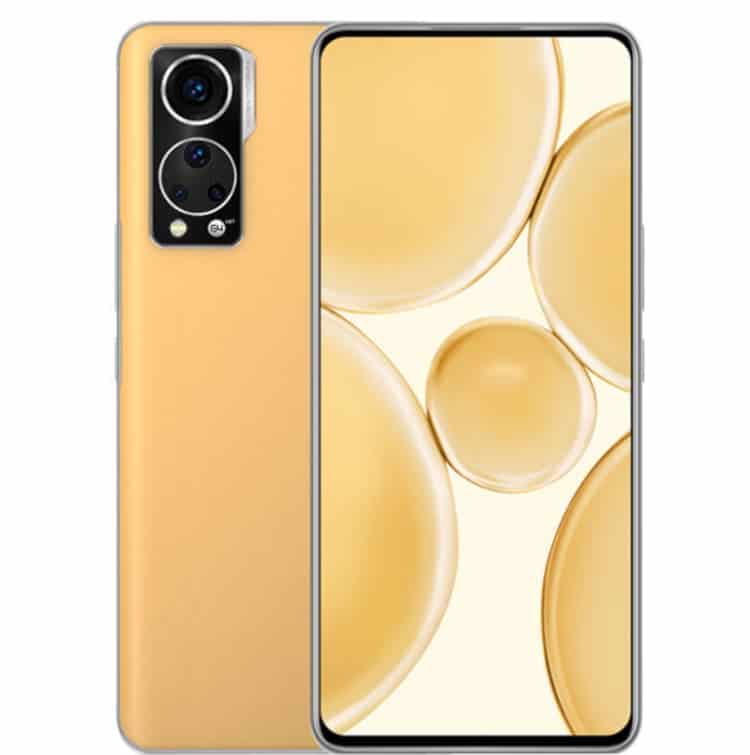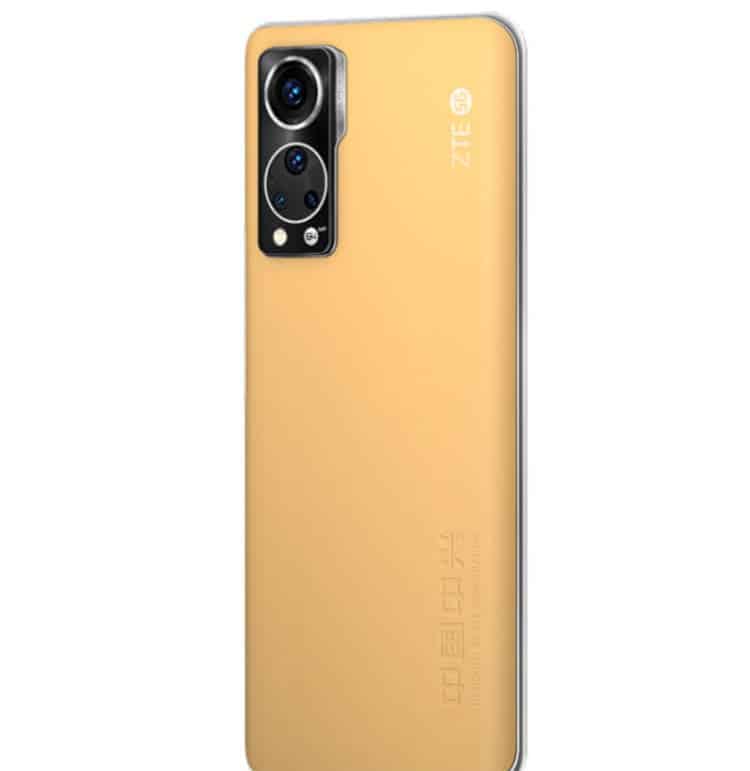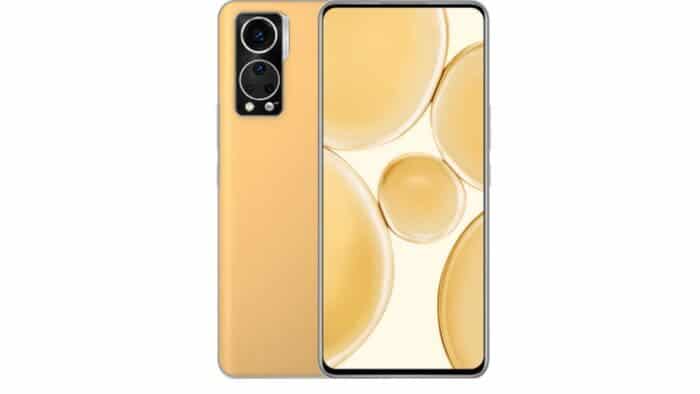ZTE has announced the Axon 30 Pro Plus UD Edition smartphone, the main feature of which is the front camera hidden behind the screen. The device is based on a Qualcomm platform.
ZTE Axon 30 Pro Plus UD Edition
The device has a large AMOLED display with a diagonal of 6.92 inches. An FHD + format panel with a resolution of 2400 × 1080 pixels is in use. The refresh rate reaches 120 Hz, and the response rate of the touch layer is 360 Hz.
The sub-screen camera has a 16-megapixel sensor. At the back is a quad-camera with a 64-megapixel main sensor, an 8-megapixel unit with wide-angle optics, a 5-megapixel macromodule and a 2-megapixel sensor for collecting information about the depth of the scene.

Powered by a Snapdragon 870 processor, which combines eight Kryo 585 cores with a clock speed of up to 3.2 GHz, an Adreno 650 graphics accelerator and a Snapdragon X55 5G cellular modem.
The smartphone has received a back panel with leather trim. The equipment includes a flash drive with a capacity of 512 GB. There are Bluetooth 5.1 and Wi-Fi 6 wireless adapters, as well as a USB Type-C port. The rechargeable battery with a capacity of 4200 mAh supports fast 55-watt charging. There is no information about the estimated price yet.

ZTE Axon 30
ZTE Axon 30, the second smartphone on the market with camera under the display; (the first was Axon 20 again by ZTE, to keep the account; the third is Samsung’s Galaxy Z Fold 3 ) has recently undergone the resistance test of JerryRigEverything.
The device survives the most critical moment, the now classic Bend Test, more by miracle than anything else: it flexes in a very marked way both in one direction and in the other, but by some cosmic coincidence the glass that covers the screen remains everything. in one piece and everything continues to work perfectly.
For the rest, there are no particular details to report. The display is scratched exactly like all the others and irreparably damaged when exposed to open flames; also here like all the other AMOLEDs (the LCDs recover completely, instead).
Zack Nelson also offers us a minimum preview on the quality of the camera below the display : although there is improvement over the first generation, it is evident that there is still some work to do before reaching the levels of the best traditional selfie cams on the market … But, of course, they have to deal with notches or holes in the display.
Follow Gizchina.com on Google News for news and updates in the technology sector.

